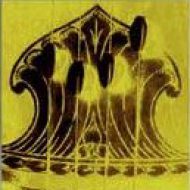Tips to fully appreciate the following points, listen to a vocal rendition of ‘Sri Gananatha’ by Sreevidhya Chandramouli, specially recorded for the benefit of all learners >> practice Rūpaka tāla (3 counts) while listening to Sreevidhya Chandramouli’s singing; to get prepared follow this exercise: audio track 4 in Practice four widely used Carnatic talas >> …
Continue reading “Raga, Tala and Pedagogy: On the First Steps in Carnatic Music”
